New bridge design offers high earthquake resistance at lower cost

A new study focuses on the implementation of new bridge designs that could provide earthquake resistance and highly reduce the cost of fixing a bridge after a failure.
The impact of an earthquake on a bridge structure can be critical. Partial or even total collapses of such structures have occurred in many cases resulting in massive infrastructure damage and casualties. For this reason, engineers are currently designing bridges with high safety standards using sophisticated computer models and experimental tests.
According to the Eurocode-8, a European standard that describes how to construct buildings when subjected to seismic loads, there are currently some basic requirements regarding bridge seismic design. The structure should remain stable after the occurrence of a strong earthquake (some partial failures may occur but a total collapse is considered unacceptable). Moreover, the bridge should remain fixable and repair works should be conducted readily. The sections that failed should be designed to absorb energy so that the vital parts of the bridge survive.
Nevertheless, a strong earthquake can still cause significant damage to a bridge and could result in an urgent need for repair works. The economic impact of such an incident is high (billions of dollars in the United States annually).
New concepts on bridge design have recently emerged and potentially guarantee seismic-resistant structures that could be repaired at lower costs if damaged. However, few of these concepts have been put to the test in actual case studies so that their potential could be evaluated.
Researchers from the University of Colorado, Boulder and the Texas A&M University carried out a thorough investigation of such a bridge design to assess its performance. The results of the study were recently published in the Journal of Structural Engineering.
According to Petros Sideris, co-author of the study and an Assistant Professor in the Zachry Department of Civil and Environmental Engineering at Texas A&M University, bridges are monolithic structures that perform great under their own weight and the weight of the vehicles that overpass them but, they are frequently damaged during earthquake incidents.
The research team designed a bridge consisting of columns that contain joint assemblies that replace the monolithic connections. The design is known as the "hybrid sliding-rocking bridge" and relies on reducing the seismic energy by allowing the joints to slide against each other.
A team of experts evaluated the observed damage from experimental tests on such columns. The columns were initially damaged in a controlled manner and were later fixed and re-tested. The behavior of the repaired columns was evaluated via computer models.
The findings suggest that the new design allowed the columns to undergo less damage compared to conventional monolithic columns even when subjected to a highly powerful earthquake load. Repair works were also much simpler and could be conducted faster without requiring any special technique.
Sources: Texas A&M University, Eurocodes
Sources: Texas A&M University, Eurocodes
Want to read more like this story?
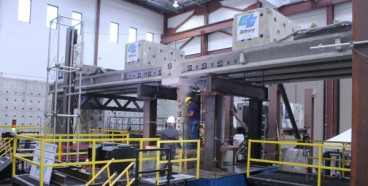
Shake test to investigate new bridge designs
Oct, 19, 2018 | NewsThe bridge shake test is an experimental procedure that determines whether a bridge can withstand a...

New research on more efficient bridges
Jun, 01, 2020 | NewsA new study reveals the high potential of reducing the materials used in suspension bridge construct...

Bridges built to meet current Canadian safety codes are being 'overbuilt' while still prompt to taking high structural damage after a major earthquake
Mar, 08, 2017 | NewsResearchers at the University of British Columbia (Okanagan campus) examined a variety of bridge typ...
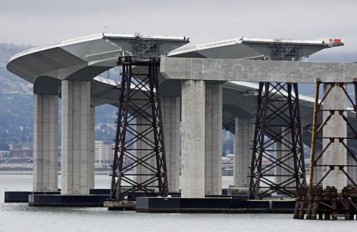
Bay Bridge: a troubled landmark is now complete
Feb, 03, 2015 | NewsThe most complex public works project in California history - the Bay Bridge's new eastern span - wi...
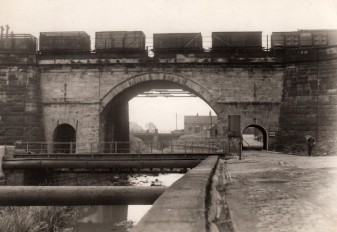
Iconic bridge in England receives repair works
Sep, 24, 2020 | NewsThe world's oldest operative railway bridge has recently undergone repair works. The fabled Skern...

Lake Polyfytos Bridge in Greece is closed for at least a month due to structural damage
Mar, 16, 2023 | NewsThe Lake Polyfytos Bridge, in Greece, has been closed due to structural damage. More specifically...
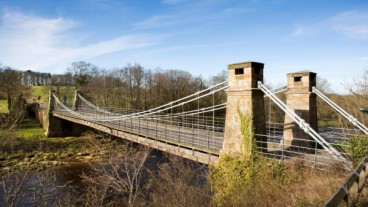
Iconic bridge in UK indefinitely closes
Dec, 05, 2020 | NewsThe Whorlton Bridge, an iconic structure in the United Kingdom closes permanently after fears of pot...
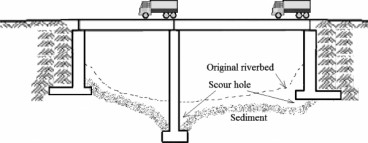
How climate change is affecting the safety of bridges
Oct, 15, 2019 | NewsA new study, recently published in the American Society of Civil Engineers (ASCE) Jou...
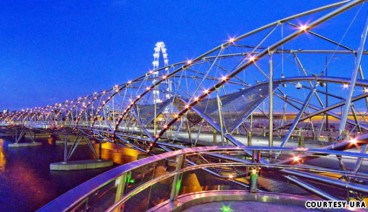
The Double Helix Bridge of Singapore; a must see for structural engineers!
Jul, 26, 2016 | NewsBridges, as the structures which connect two separated parts of land, make easier and faster our tra...
Trending

Vertical gardens in Mexico City to combat pollution

Saudi Park Closed After 360 Big Pendulum Ride Crashes to Ground, 23 injured

Characteristics of Load Bearing Masonry Construction

Taipei 101’s impressive tuned mass damper

Dutch greenhouses have revolutionized modern farming

Federal court rules Biden’s offshore drilling ban unlawful


